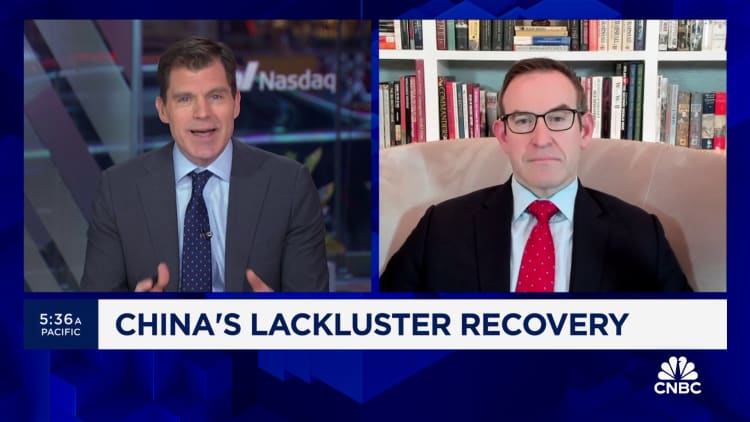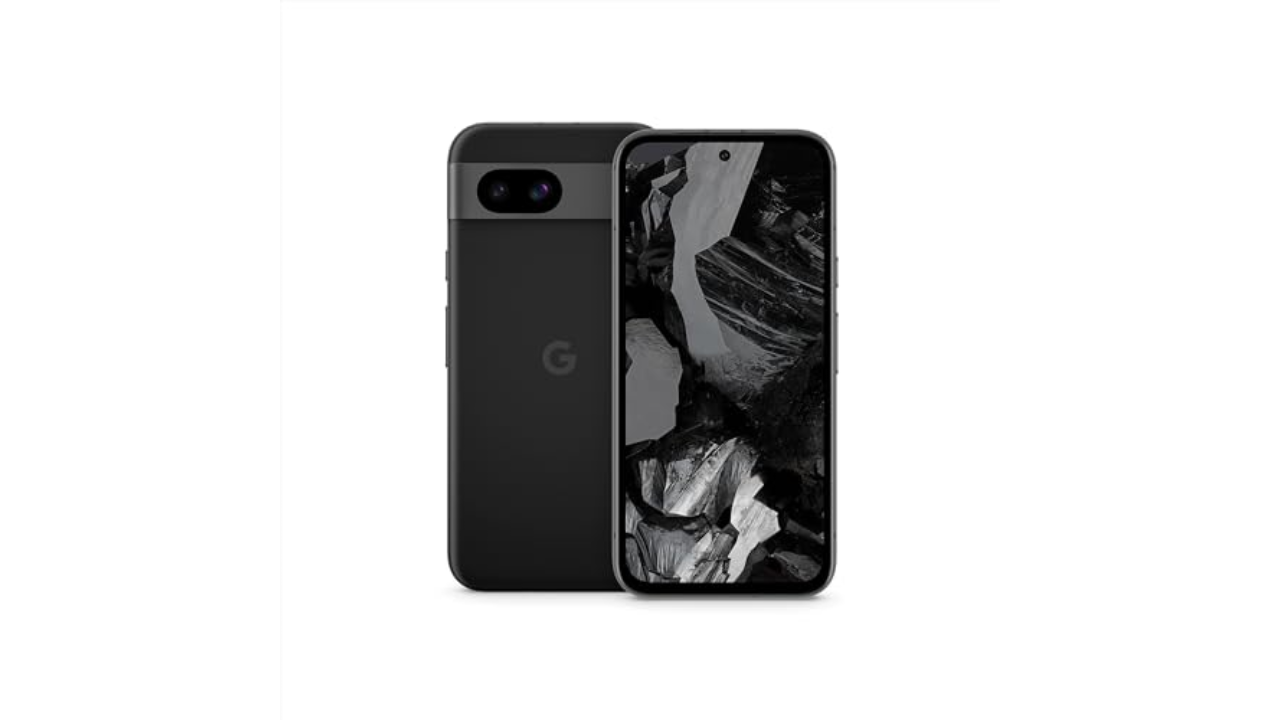
Never has any modern tool promised greater efficiency and support than what generative AI offers. Last year saw industries, including healthcare, quick to jump in on the trend to get first mover advantage. Applications have also been varied, from documentation to clinical decision support and even in combination with robotics.
While the enthusiasm for genAI will remain elevated this year – with governments even investing in this emerging lucrative space, the pace of adoption will likely be slow, says Kota Kubo, CEO of Ubie.
We interviewed him to discuss how their partners in Asia-Pacific and the United States have received genAI, where this trend can go in 2024, and how healthcare stakeholders can effectively extract genAI’s immense value.
Q: How is generative AI being received by your partners and how are they benefitting from it?
A: Our partners in Japan, especially the more innovative ones, are generally interested in genAI because they understand that it can have an impact on the efficiency of their work. They are interested in using a genAI platform run by ChatGPT or Med-PaLM in their clinics, however, most of them don’t have access to the internet – unless they introduce cloud-based services like Ubie.
Even if they could successfully use genAI, only the more tech-savvy users would be able to utilise it to its full potential since it’s difficult for users to come up with actual use cases. So, there is now market demand for software vendors to provide use cases which combine genAI and that can be integrated into actual clinical workflow.
We’ve seen successful adoption and integration of genAI into our product, which is now used in clinics and hospitals. We recently released a feature that uses LLM (large language model) to summarise patient symptoms and free-response answers. It gives doctors an understanding of a patient’s condition quickly so they get more face-to-face time with patients. During pilot tests, 90% of doctors said they intended to continue using the feature. This shows that if a solution is accessible and has a positive impact on doctors, it will be adopted.
There are still barriers to full adoption, such as systems, security, and working habits, but there’s already been a great uptake of Ubie: we have now reached 47 prefectures in Japan and over 1,700 medical institutions.
Q: Do you see any difference, say, by culture, with how genAI is being received in Japan versus the US?
A: Yes, there are major differences. Some are cultural, but many are due to the health systems. Two main factors are that Japan’s statutory health insurance system provides universal coverage and that patient data is more centrally controlled in Japan than in the US.
With universal coverage, Japanese people are encouraged to go to the doctor when they do not feel well. In the US, the decision to visit a doctor is heavily impacted by insurance coverage, copays, and out-of-pocket fees. This usually makes American patients avoid taking control of their health unless a condition becomes very serious. So, reimbursement is a major consideration when looking at the US market.
From an AI perspective, due to the centralisation of data in Japan, the rollout of AI is more scalable. Tech companies are accelerating their approach to get access to government data, which offers a large database. In Japan, one of the biggest hurdles in genAI adoption in hospitals is the network because a majority of hospitals don’t have internet access.
Overall, AI in healthcare is less crowded in Japan than in the US, meaning that decision-makers need to cut through less noise and clutter. This does limit options though and can delay the adoption of more cutting-edge technologies.
Q: Where do you think the adoption of generative AI in healthcare around Asia and the US will go this year 2024 and in the coming years? Will the hype continue?
A: The hype will continue well beyond 2024, but adoption will stay at a slow pace. That’s because genAI is still proving that it can have a safe and effective impact across each area of healthcare. We’ll see the most caution with anything that directly impacts patient care. We know technology can improve healthcare but if it doesn’t function as expected, it can slow down health systems, cost money, and consumer loyalty, and worst of all, impact patient outcomes.
Across Asia and in the US, the most important aspects of adoption will be regulatory and cultural barriers. Developers will need to keep in mind how an AI engine functions within local laws and regulations. Privacy will be one of the first major areas a company will need to tackle, followed by adapting to each different health system – direct to patients, hospital systems, pharmaceuticals – and, of course, patient rights.
From a cultural perspective, there are many. One challenge Ubie faced was how to adapt to different cultural contexts. While many LLMs have powerful translation capabilities, every locality has different preferences and needs. Ubie experienced this firsthand when we launched the platform in Singapore and in the US. Beyond tweaking direct translations, we had to adapt our UI to meet patient preferences, and the only way to do that is to listen to your users. So, I expect that many technology players will find themselves focusing on experimentation, data collection, and customisation over the coming year.
Finally, from a global perspective, it’s important that we stop looking at genAI as a monolith that is coming to save healthcare. It’s more of a collection of different precision machines, each with specific capabilities. It’s not a one-size-fits-all solution.
The success and trust in the systems that are eventually adopted will be based on real-world outcomes and proven accuracy. Truly beneficial systems should consistently replicate or exceed current human benchmarks or increase efficiency.
Q: Where else in healthcare do you think genAI can bring value in the future?
A: AI can go anywhere as long as we have the capacity to dream it and develop it. We already see AI impacting clinical trials, documentation, patient interactions, and more. GenAI can also help with data analysis to help democratise insight generation and research. Bringing value and success, though, will largely depend on developers’ knowledge and users’ willingness.
System abilities and intelligence will be the differentiator. When looking at an engine, say ChatGPT, your product needs to be more than just a skin on top of that. Only those with a deep understanding of the technology and their specific area of healthcare can truly reap genAI’s potential.
Developers also need to ask how well their machine learning adapts to new inputs and how accurate is the AI in implementing appropriate changes. Is your model brittle, is there an appropriate feedback loop in place, are you able to quickly and easily implement new rules and changes to the larger health system?
From a user perspective, change management will be critical since without internal acceptance, it won’t matter what the tool can do. Then, you need to get staff to actually use the systems. Many tools have limited impact because nobody has the time, patience, or energy to learn or use them. This is another area where companies will need to consider cultural differences and views of new technologies as they move into new markets.
No matter what potential systems for adoption are, the true measure will be how this helps patients and how you are going to earn the trust of the health system, providers, and patients alike.
_
The responses have been edited for brevity and clarity.
Credit: Source link











